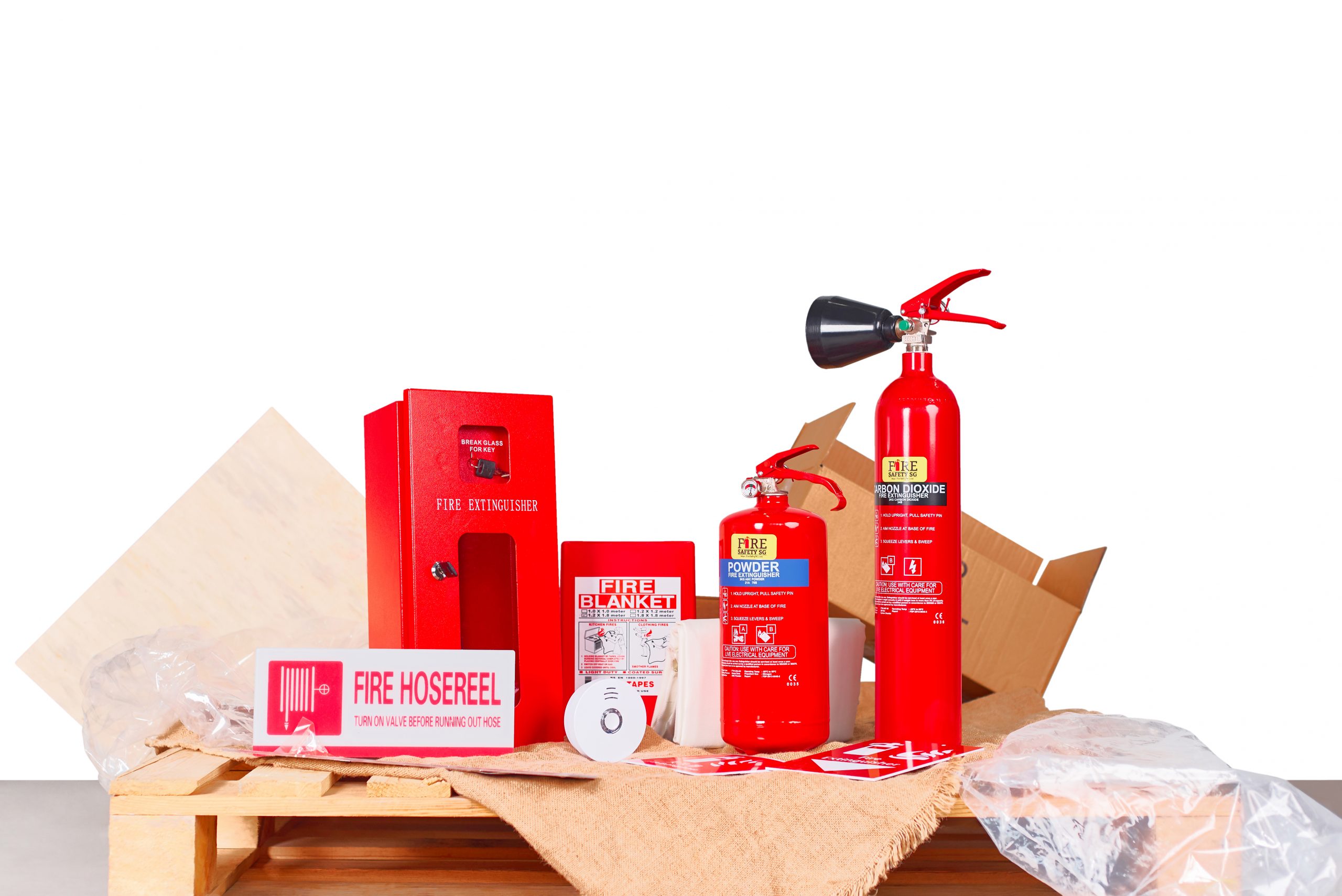CO2 fire extinguishers are mostly used to put out electrical fires, although they are also suited for Class B liquid fires and can be utilized in a variety of ways depending on the kind of fire. Carbon dioxide extinguishers should not be used in tiny spaces since CO2 gas is toxic at only 4% concentration and can kill at just 8%.
In a tight environment, the major hazard with CO2 extinguishers is that they will generate chaos. They deprive a fire of oxygen, but they also limit the quantity of oxygen available for breathing in a confined environment.
Again, if youngsters will be near the fire extinguisher, you must be cautious of an accidental discharge. If the source of the fire is not extinguished, the fire may re-ignite once the CO2 has dissipated. They must have frost-free handles and never be used to put out grease or cooking oil flames.
The tamper seal will be broken if you pull the safety pin.
If the horn is not frost-free, do not hold it since it becomes extremely cold during usage and can cause serious frost burns. To avoid this, only purchase CO2 extinguishers with frost-free horns like ours at Fire Safety PH.
To start firing the extinguisher, squeeze the lever. Please be aware that the CO2 extinguishers emit a loud discharge noise, which is to be expected.
- Flammable liquids: Aim the horn at the fire’s base and make your way across the arena. Take cautious not to spray the flaming liquid with the CO2 extinguisher’s strong jet.
- Electrical apparatus: To avoid re-ignition, turn off the power where it is safe to do so, and then point the horn squarely towards the flames.
It’s important to keep in mind that a CO2 extinguisher has a very limited discharge duration.
Ensure that the whole fire has been extinguished, as re-ignition is common when using a CO2 extinguisher. After usage, CO2 gas escapes, and if the fire is still very hot, it may re-ignite.









